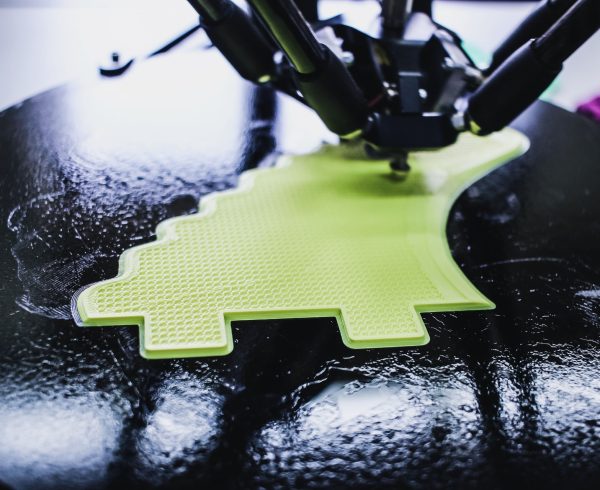Robots have already been successful in commercial situations, manufacturing, and the workplace, but the most exciting developments are still to come – robots as care-givers, civic robots, and even family members. As deep learning and AI improve, so will the ability of robots to reason, make decisions, and maybe even empathize.
Pre-COVID-19, Robotics, and automation were already a force in reshaping work, but the pandemic has turbo-charged the transformation, especially as businesses need to find more ways to do more with less.
The Changing Workforce
Many people worry about the future of their work, especially as automation technologies improve. They worry their jobs and livelihood will be completely replaced by technology. The numbers initially seem to back up that theory too: the World Economic Forum’s “The Future of Jobs Report[1]” states that 75 million jobs may be lost as companies shift to more automation. On the other hand, it also notes that 133 million jobs may emerge by 2022 thanks to new technology and other trends, creating 58 million more jobs than automation would displace.
For businesses, automation is often a no-brainer but they need to approach automation with empathy as real lives are likely to be impacted by any change, especially as many workers are still reeling from the effect the pandemic has had on their lives.
Benefits Of Robotics And Automation
There are some real tangible benefits that business should consider as they develop their strategy:
- Increase in productivity. Companies that automate tend to become more productive and thereby more competitive.
- Workplace safety improves. Robots often take over jobs that are dangerous or physically demanding. Unlike humans, robots never get tired, get distracted, or forget procedures so workplace safety tends to improve with automation.
- Labor demand. Increased productivity can lead to an increase in demand, which in turn creates new job opportunities.
- Human-robotic cooperation. It’s more likely that humans and robots will cooperate on work, each doing what one does best, rather than one replacing the other.
Robotics In Medicine
Robotics is poised to revolutionize how doctors perform some of the most complex surgeries. Some surgeries are already being performed by robots, or at least completed by machines with human supervision.
In Italy, a new robotic system has been launched that enables surgeons to perform some of the most difficult surgeries with greater ease and fewer complications. The Symani Surgical System gives the surgeon remote control over super-microsurgery where the vessels are smaller than 0.8mm in diameter, and where even the slightest hand tremor can disrupt a procedure.
Take that one step further and think about the repetitive, high volume tasks that nurses are required to do – distribute medications, transport tests to the lab, deliver food, etc. Removing those mundane tasks can ease the pressure on nurses, allowing them to spend more quality time with patients. Does this mean the end of nurses as we know it? Unlikely, but robots could be a major factor in helping to reduce the cost of healthcare while giving staff more time to focus on higher-level work.
Workforce Strategies
Thanks to COVID-19, we’ve already seen a significant transition to remote work and this may indeed become permanent… which then raises the question of how much of that work can be automated and whether now is the right time to accelerate down the road to automation.
The future for most businesses is a hybrid model, one where humans work alongside robots. Leaders must quickly weigh-up the options and create a strategy that will see them through the pandemic and beyond. Before making the leap into automation, leaders should ask:
- Problem. What problem is being solved with automation that what’s the impact on the business?
- Process. What processes should be automated, what data should be accessed, what decision-making will be left up to the machines?
- What’s the impact on employees, how disruptive will the automation rollout be, and how do we keep employees and customers happy?
Accelerating Automation Plans
There’s no question that the pandemic will accelerate many enterprise automation plans. The crisis has given businesses a once in a lifetime opportunity to reinvent the workplace – whether that’s a factory floor, college campus, or office building – using the very best technologies we have today. Regardless of the industry, as business leaders make automation plans they must also ensure to:
- Create a vision and environment where employees are empowered by machines, not over-taken by them.
- Understand how your automation process is impacting your bottom line so the savings can be measured and either used to expand the business or passed on to customers.
- Build education and training programs to help employees transition to new roles or reskill completely.
Mythos Group’s white paper, Post-COVID-19: Re-imagining A New Era of Work, contains more detail on this and other recommendations, and is available to download for free from https://bit.ly/MG-White Papers.
1 http://www3.weforum.org/docs/WEF_Future_of_Jobs_2018.pdf







